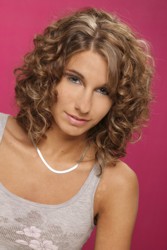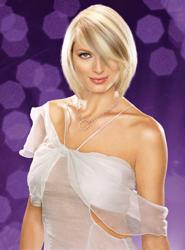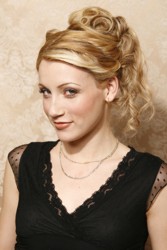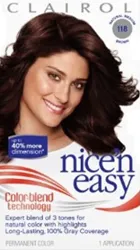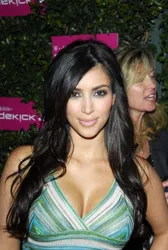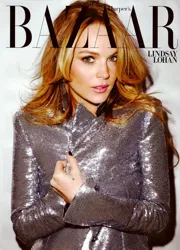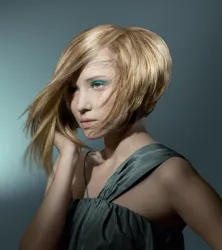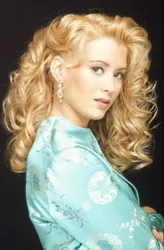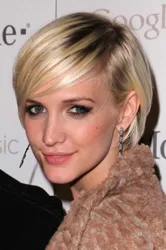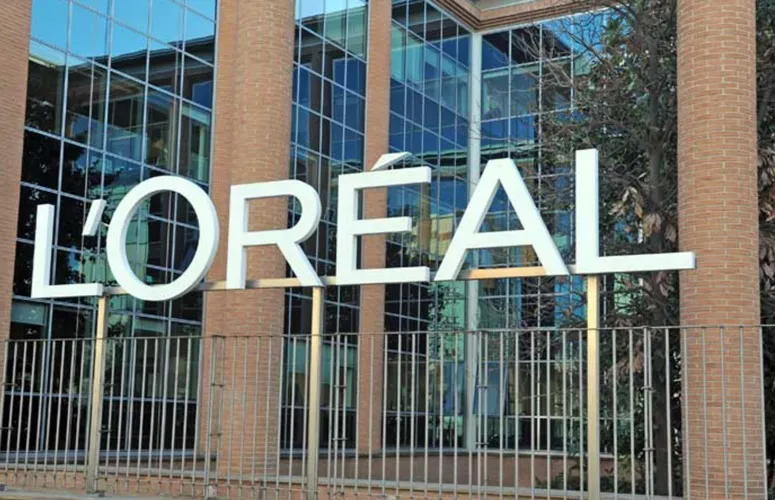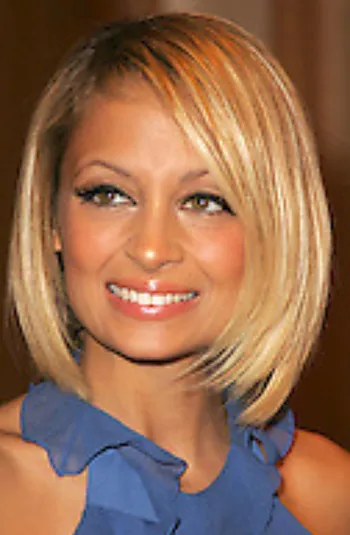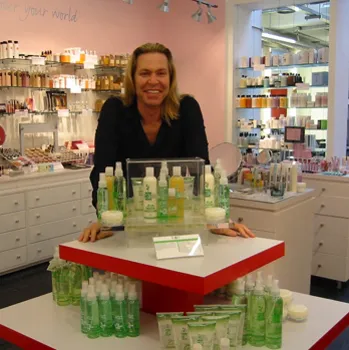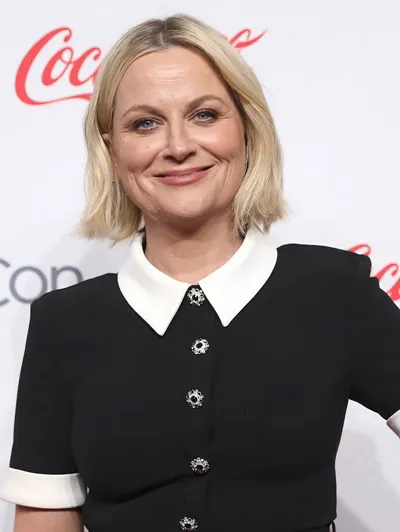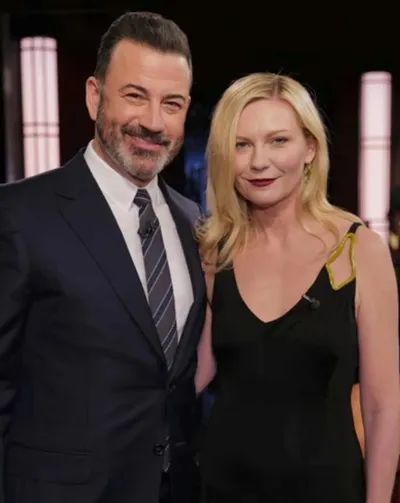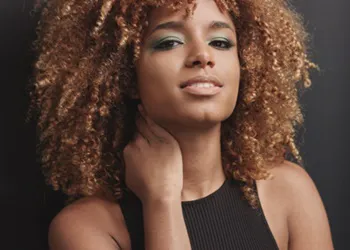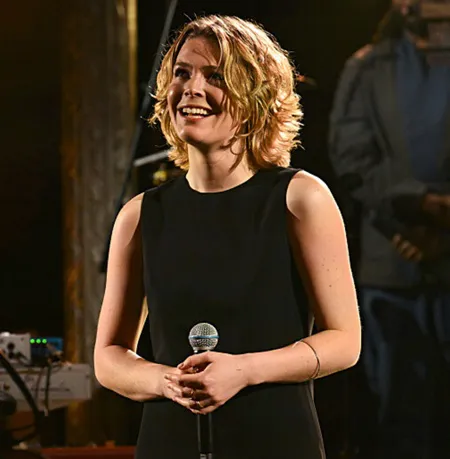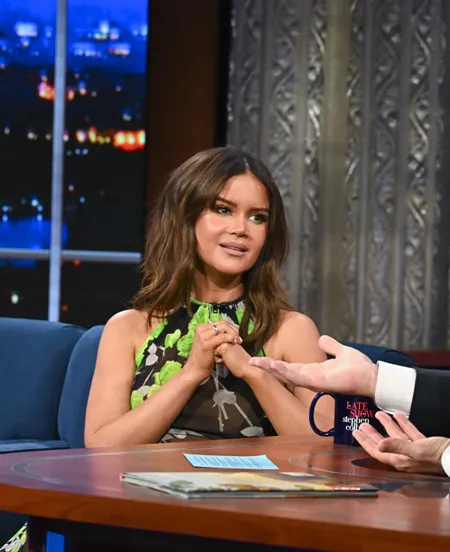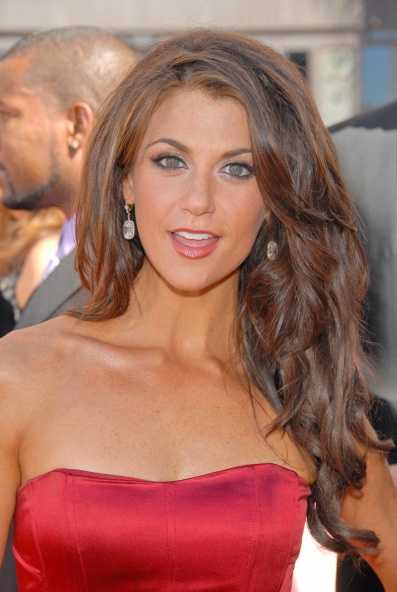
Haircolor: Different Types Of Color Methods
Introduction
There are many reasons why hair consumers want to change their natural hair color. The reasons can range from wanting a new look to being bored with their natural color to wanting to cover gray. Hair color is one of the easiest and quickest ways to instantly change your image. Just think about all the celebrities like Lindsay Lohan, Jessica and Ashlee Simpson who have morphed through a wide range of hair color in a very short period of time. Believe it or not there are many different methods for altering your natural hair color. The most common methods include the following: 1. Hair Color: Dimensional Color - Highlights, Lowlights, Twilights, Multi-DimensionDimensional hair color is known by hair pros and consumers as highlighting.
Highlighting involves the systemic selection of specific strands in pre-defined locations on the head and then applying a chemical formulation that results in either lightening or darkening the target strands a number of levels. When the strands are bleached and/or colored to be lighter than the base color, this is known as highlighting. Conversely, when the target hair is colored to be darker than the base color it is known as lowlighting. In some cases, hair is highlighted and low-lighted in the same dimensional color process. Also, contrasting colors may be added. For example, a blonde with a natural dark sandy base might be highlighted with light buttery blonde highlights, low-lighted with complementary caramels and punched up with a few strands of cherry or ruby red. This would be defined as multi-dimensional color. When just a very subtle highlight, lowlight or color change is desired it is referred to by some hair color experts as twilights. It is considered to be the must non-invasive type of multi-dimensional color.
Foils, Caps & Hand Painting Methods
Dimensional hair color, whether highlights, lowlights or twilights can be created through the following techniques:
In some cases a combination of the three methods might be deployed for a number of reasons. The most popular form of color method is by far the foil method because it provides precision results when done properly. Not all types of hair do as well with foils as other. Curly and wavy hair does best with hand painting while straight hair responds well to foiling.
Caps are much less popular than they used to be for a number of reasons. Note: To read more about Baliage or bayliage check out How Do You Morph Hair Color For A T-X Terminatrix. 2. Slicing, Weaving & SectioningPlacing foils in even the most basic highlights, lowlights and twilights is an art form. Hair colorists must spend a tremendous amount of time learning the basics of clean partings, creating blocks and other techniques including slice versus weave partings. As hair color experts advance their coloring crafts they often become more skilled and high tech. Some develop break out techniques such as color quilting, color straping and different forms of banding. Note: For more information on straping read Professional Haircolor On A Budget.
3. Chunking, Striping & TippingChunking, striping and tipping involves creating big giant chunks of color, applying pin stripes or creating contrasting color tips. A popular tipping pattern is to tip the ends of the hair in a strikingly different color then the base. Blonde or red hair tipped with dark ends was a common type of color tipping. Color chunking might be deployed along a specific section such as in the front of the hair along the face line where the color will offer the best contrast to skin and eye tone. 4. Allover Hair ColorWhen one color is applied to the existing base, it is known as allover color application. The color that is applied can be lighter, when a bleach or other lift agent is added, or darker when a type of color is added.
Types of Full Application ColorHair color generally falls into the following categories:
Note: For more details on types of full color check out: Home Hair Color Secrets SummaryThere are many reasons why hair consumers want to change their natural hair color. Depending on the individual the reasons may range from wanting a new look to being bored with their natural color to wanting to cover gray. Regardless of the reasons for the change, hair color is one of the easiest and quickest ways to instantly change your image. Just as there are many reasons for altering hair color, there are many ways to do so ranging from full color to dimensional color utilizing highlights, lowlights and other techniques. Regardless of the technique used, color is an exciting and fascinating way to alter natural hair color.
| ||||||||||||||||||
| If you want to talk more about this or other hair care articles on HairBoutique.com or anywhere else, please post a message on HairBoutique.com's Hair Talk Forums.
|
Social Media Network Information
Please follow us on Twitter at: https://Twitter.com/HairBoutique. I look forward to meeting new people from all walks of Twitter and learning from their Tweets.



